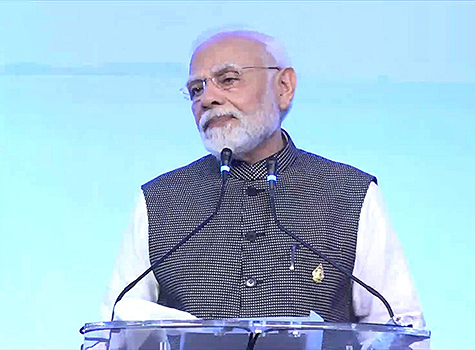
Last month, I discussed the impact of the new tax laws passed late last year on the individual taxpayer and on the family situation; that is where the immediate influence would be because the law is already effective beginning the 1st of the New Year. But the individuals and family members are also investors, so let us discuss how the new laws may be affecting investors as well as their investment strategy. To begin with the upper income limit for 15 percent tax on qualified dividends and long-term capital gains would be $479,000 for joint filers, much higher than before.
The tax burden for the Corporations and businesses has been reduced from 35 percent to 21 percent. Granted that very few corporations and businesses were paying their taxes at 35 percent because of the rampant use of various loopholes in business tax laws on the books, the tax burden will still be lower than what it was last year and it will free up much cash for them to use fruitfully in capital investments or other useful areas. While the evidence in this regard from the past experience over the 50 years is discouraging, let us hope that corporations behave differently this time.
In the past, such extra cash was used for mergers and acquisitions, buying back shares or at times just hoarding it. If this money is wisely used for capital investments such as new plants, new equipment, improving productivity and new research, it will definitely improve employment and efficacy and hence overall well-being of our investors. All this manifests itself in the form of higher long-term profits, higher individual earnings, higher dividends, better salaries and higher stock prices. But it remains to be seen which way the money flows.
I should also mention that the new law has reduced the taxes on bringing home all the profits made by the international corporations that were parked overseas. By the old laws they would have to pay the standard rate of 35 percent if they would bring the overseas profits back to USA and many were reluctant to do so. Now the repatriation rate is reduced to 15.5 percent and already many corporations have announced their plans to bring this cash back home and taking a loss for a quarter to pay the one time taxes and putting that extra cash available to good use in the USA as explained above. Technology and drug companies have the biggest cash piles overseas because they do considerable business outside US. Apple leads all US-based companies with $252 billion in cash overseas.
Long term effect from both, the reduced tax rate and extra cash coming home, is expected to be favorable to the investors. Expectations are that this suddenly available cash will be put to good use. There will be new or more research, new businesses, new machinery bought, new plants built, and potential improvement in infrastructure. The possibilities are endless. Many businesses starve, to some extent, for quick availability of capital and when it is available, like now, they prosper. All this is music to investors’ ears. Not only that, now because of the more competitive business structure in USA compared to the rest of developed world, we would compete better and earn more business from overseas. Foreign companies would be more willing to open new plants here.
All the points mentioned above are fertile ground for investing. But we may also need to look at where the US economy and the Markets are before we get into serious investing. US markets have advanced nicely since the great recession of 2008/2009 and as of now we had one of the longest runs of a bull market. Do we have more steam power left to go further? That is a key question to be answered.
Until now, Federal Reserve has stepped in to keep the economy from sinking further into turmoil and with the tools they employed they have done a reasonably good job. Now slowly they are backing off and letting the economy move up on its own power. Unemployment rate is as low as it can get (now is what is considered full employment). So do we have room to still keep growing? The capital is there but the manpower may not be; current legislative temperament in Washington is not very conducive for immigration of more labor. But we have always found ways around such concerns in the past and it will not be any different now.
If the labor is not there, then more Robotics and computers can also step in where possible to supplement shortage of manpower. If our fiscal and monetary policies are handled right we could easily have a few years of growth in front of us. Our economic cycle is maturing but the rest of the world is just beginning to get into the growth mode.
So that world is open for investment. As always caution is required when any investment is contemplated. There is some risk in any investment, but there is bigger risk in not investing at all.
Markets will occasionally correct themselves, as you may be noticing now, but if we have a long-term perspective, there are always good investments to be made. Timing is critical but not that critical if a long -term perspective is in view. We are at a stage where corrections would happen (like in Feb. 2018) even a downturn would happen too, probably triggered by some geo-political or manmade event. But we always recover over the long run and continue on the growth path. If you have planned for such events and chosen the right investments then you should be in good shape.
It is not much different from planning for financing your child’s education when the child is born (or may be your retirement planning when you are still in your thirties). You don’t need the money until the child is at least 18 (or you are 65+) and you are planning today. Now would you consider that to be a long-term investment?
———
Mo Vidwans is an independent, board-certified financial planner. For details visit www.vidwansfinancial.com, call +1 (984) 888-0355 or write to [email protected].



